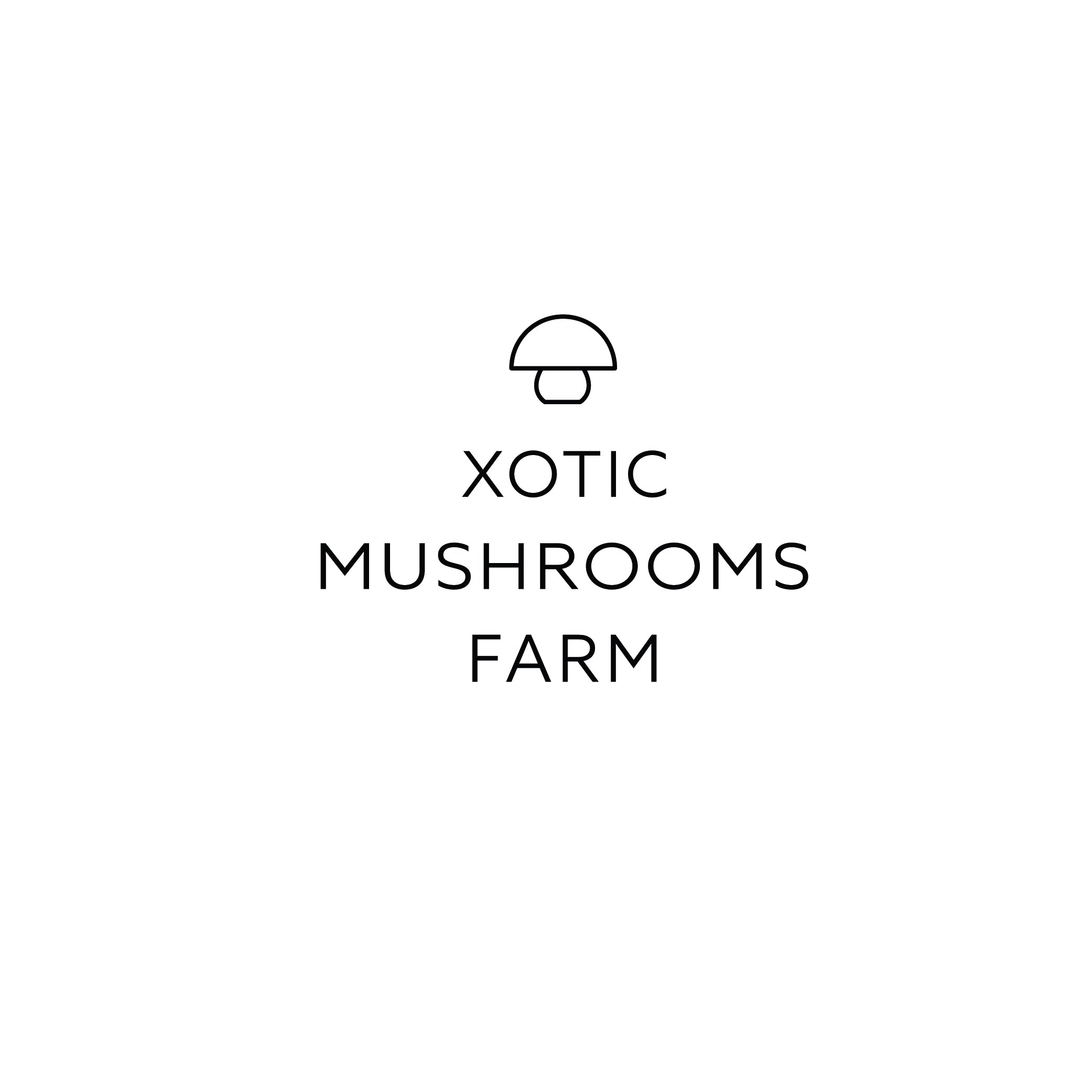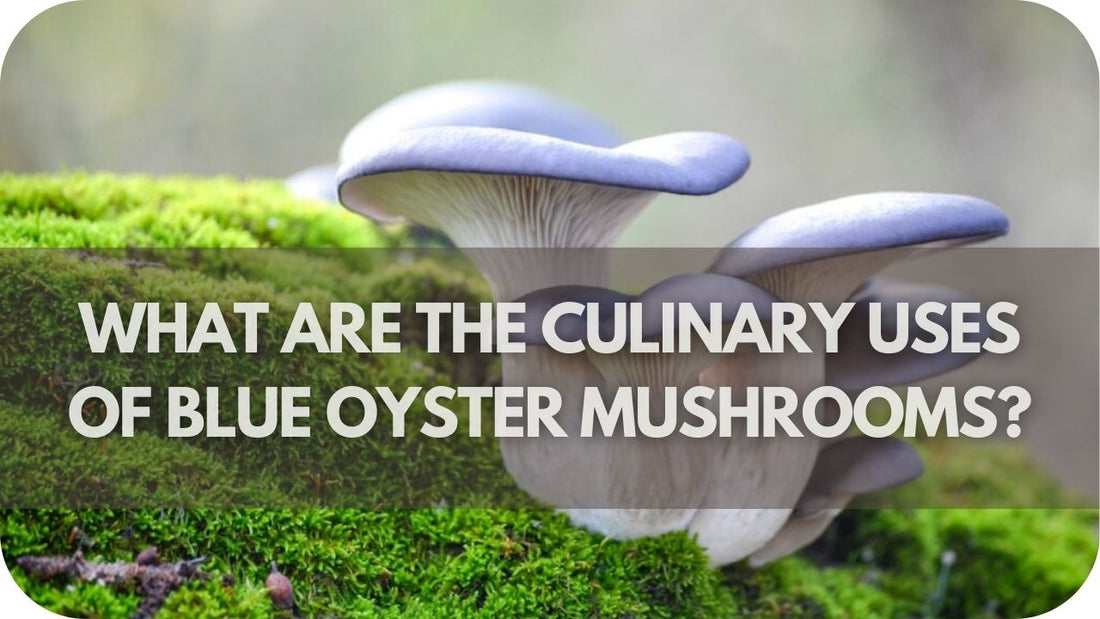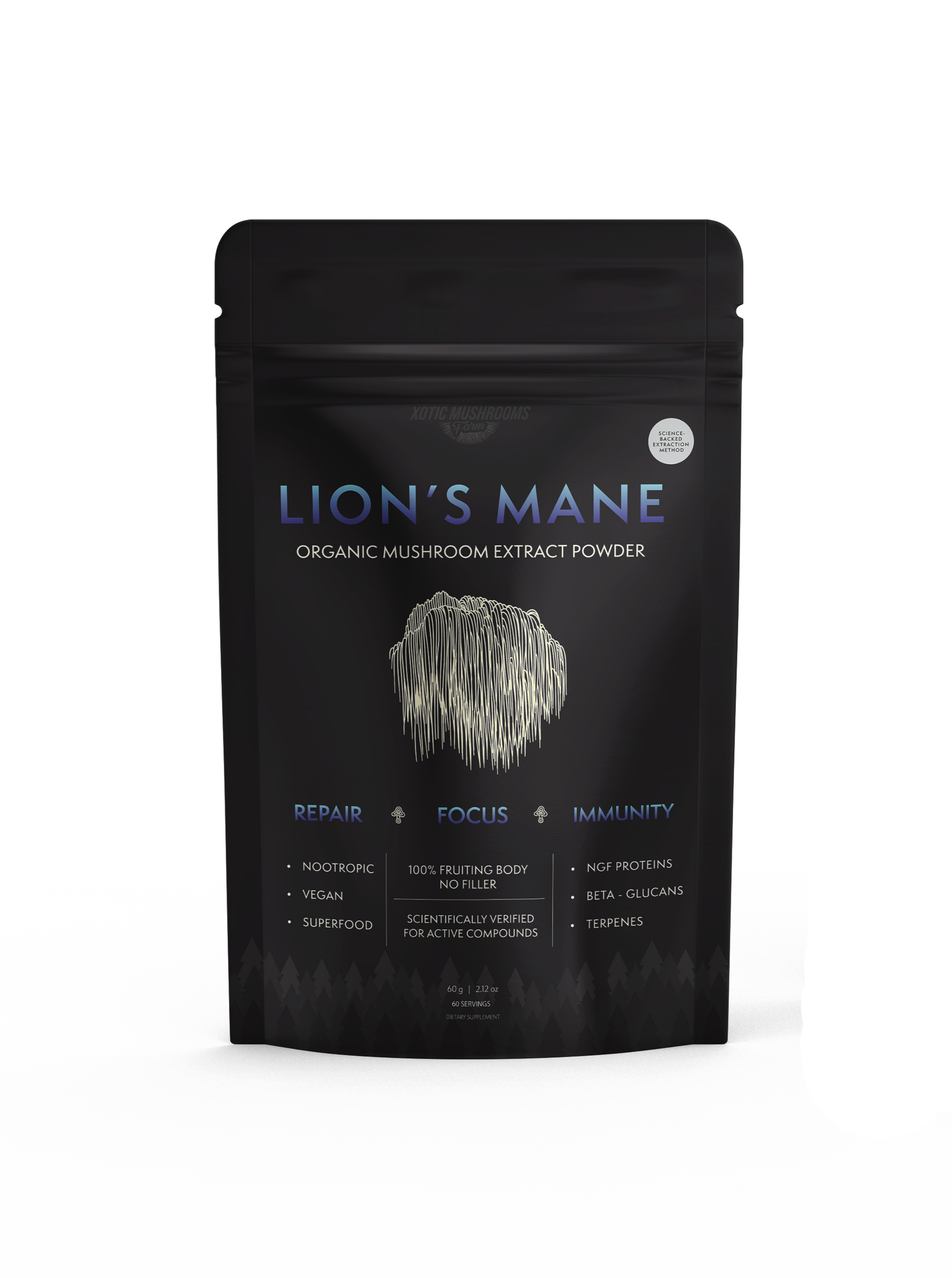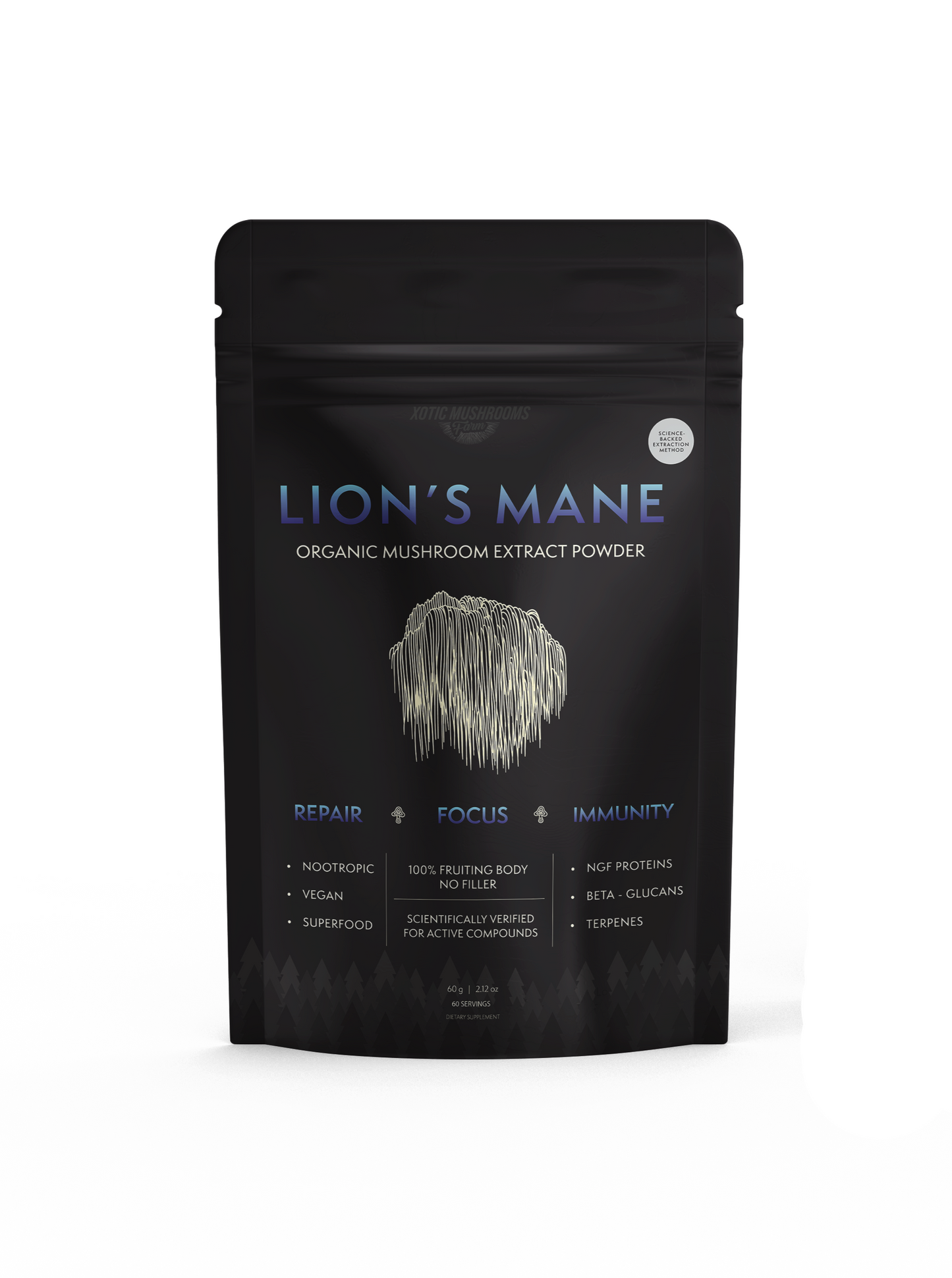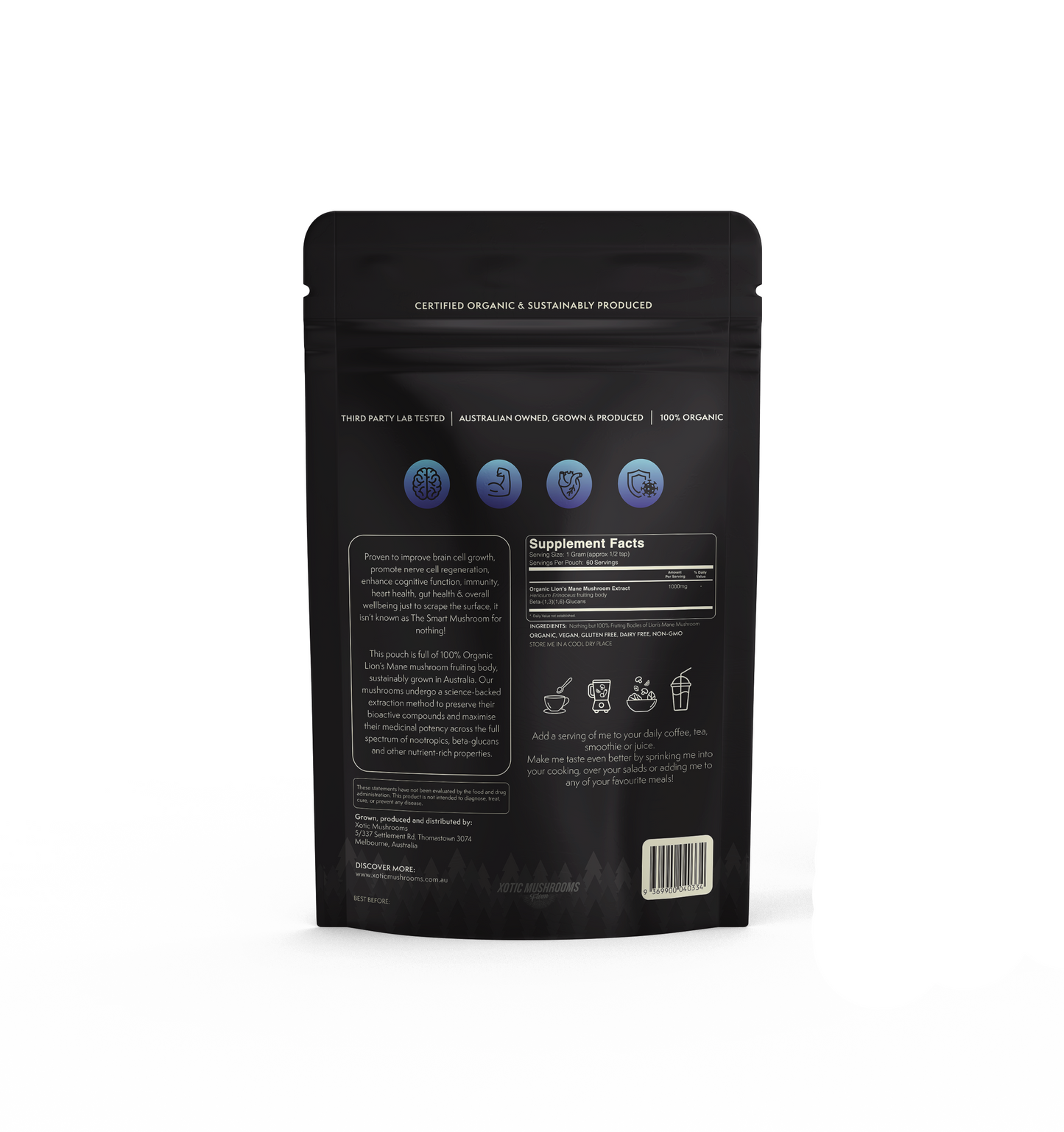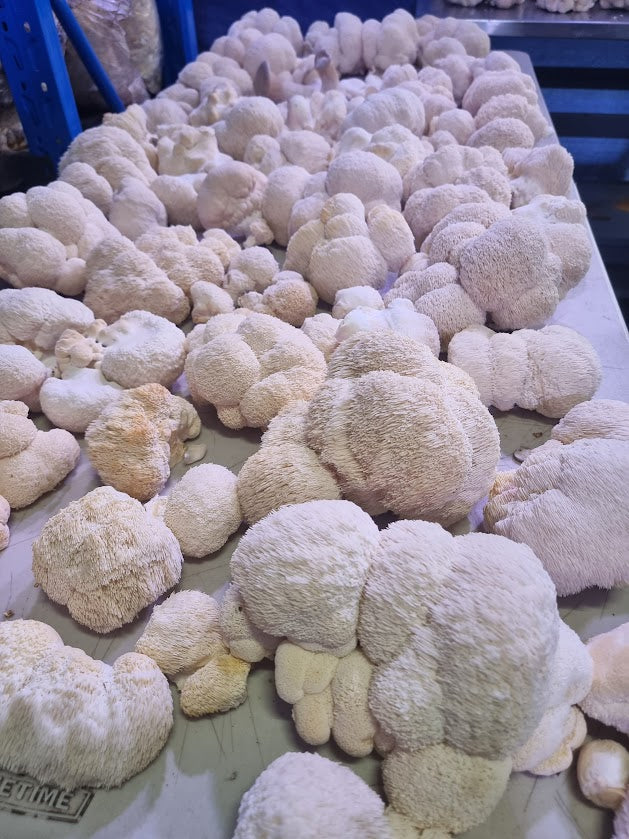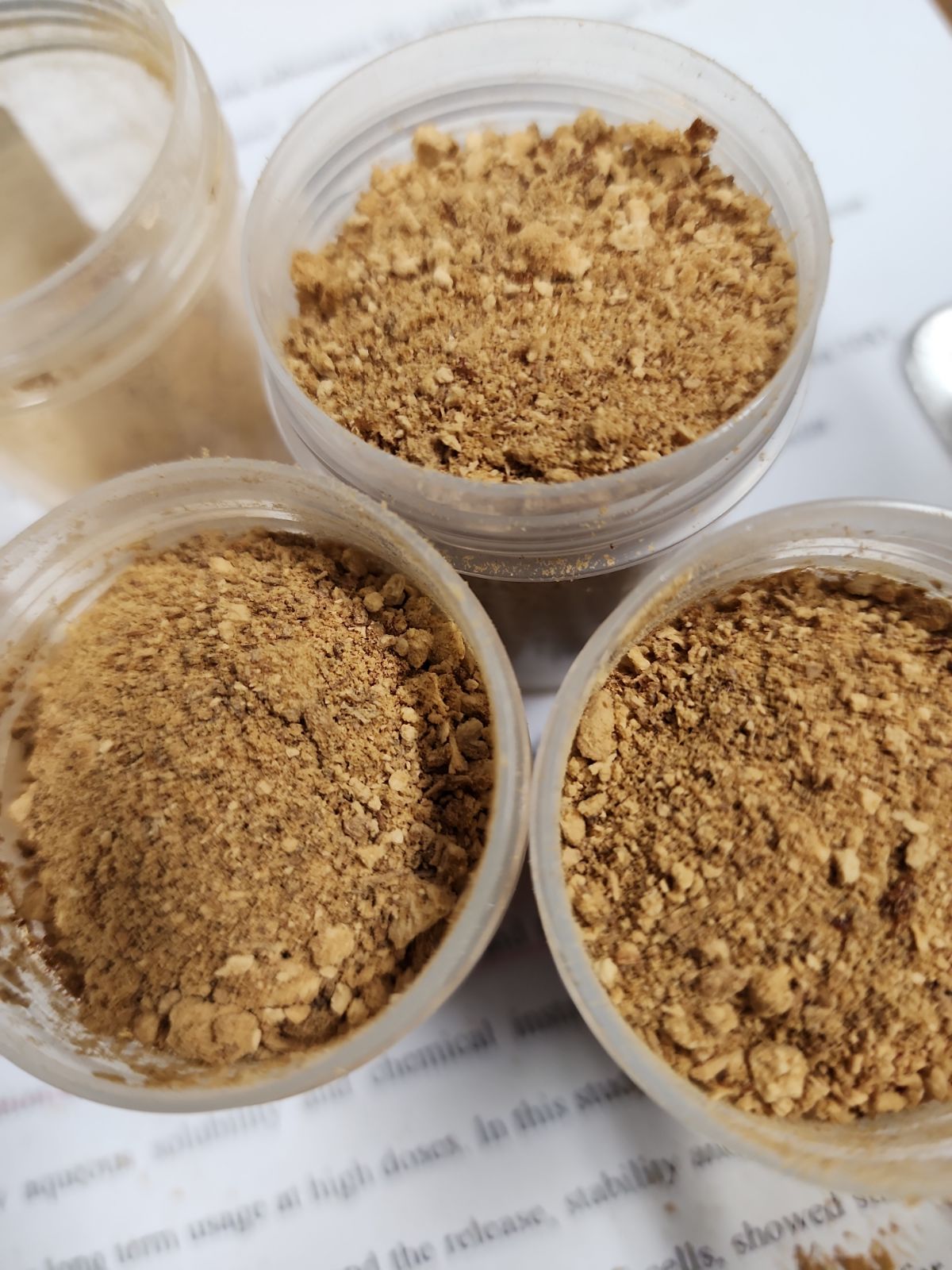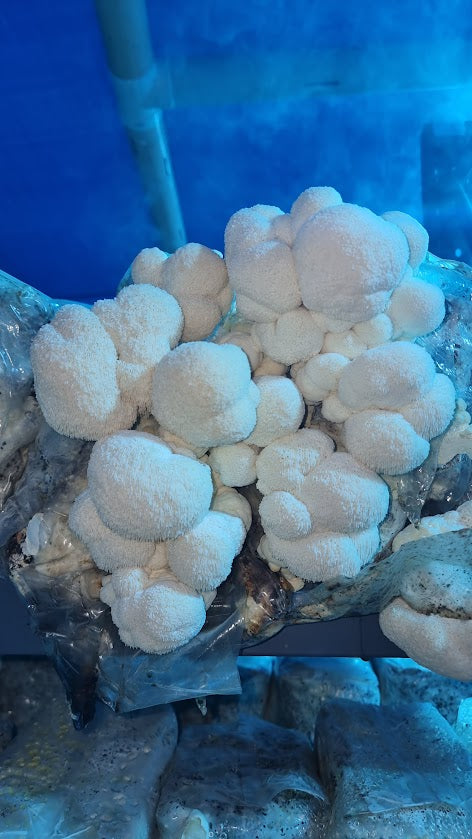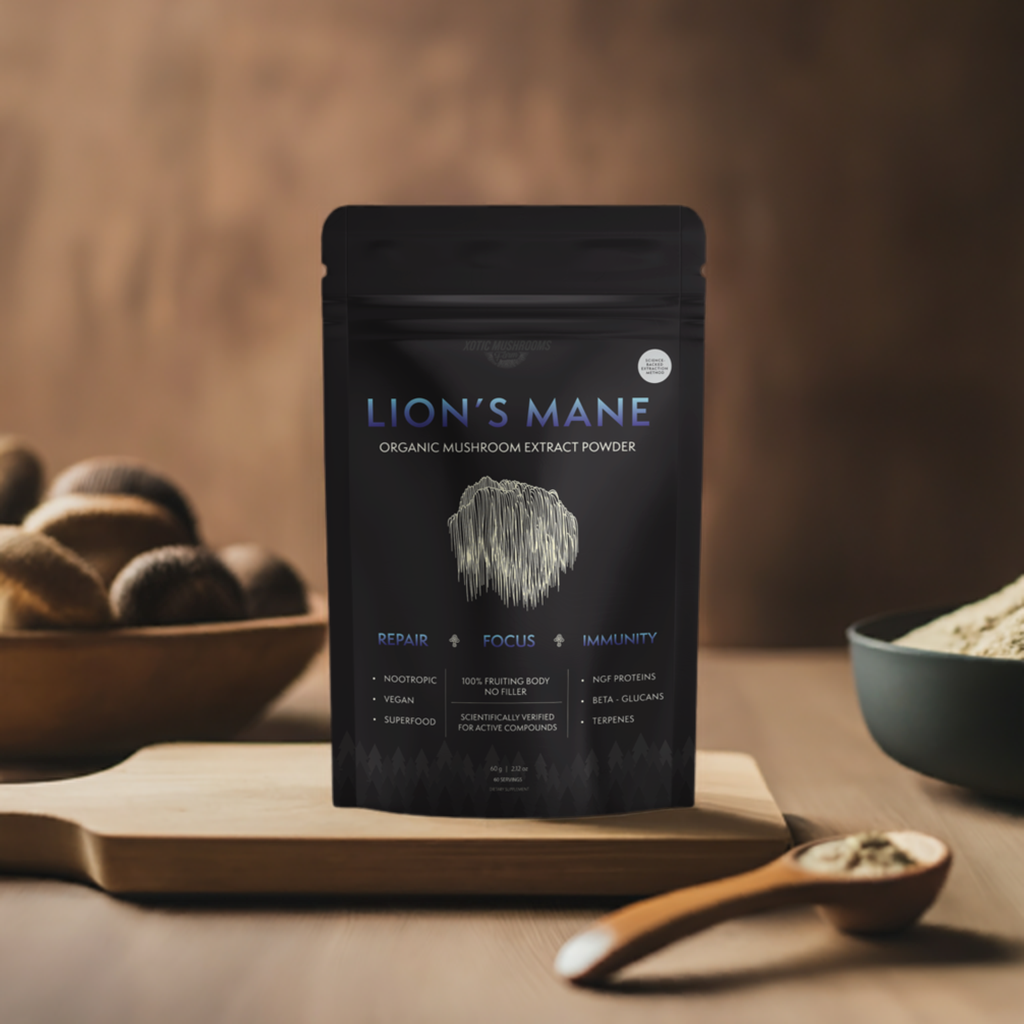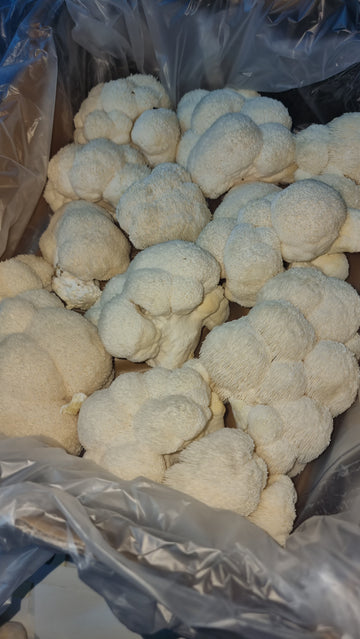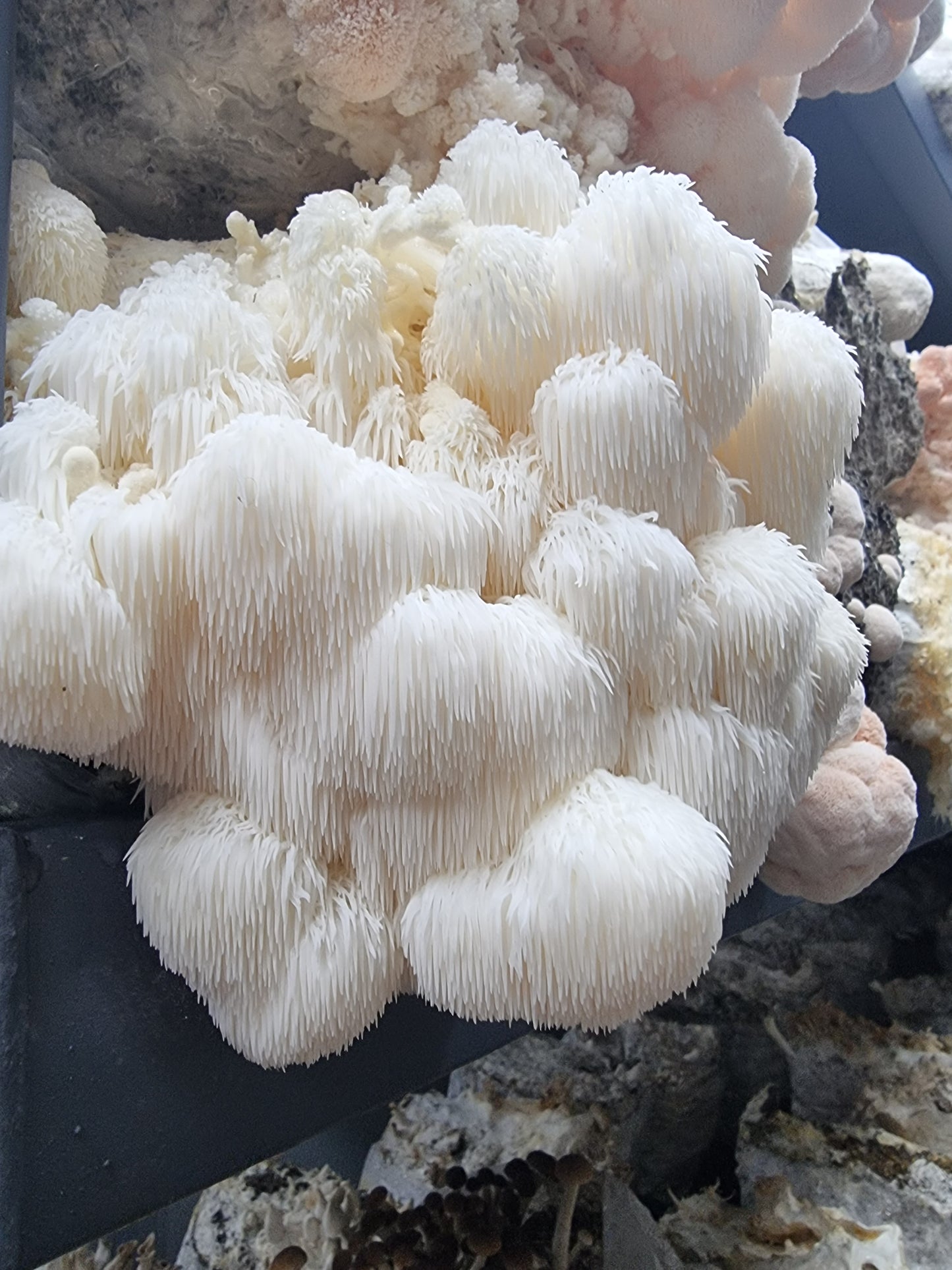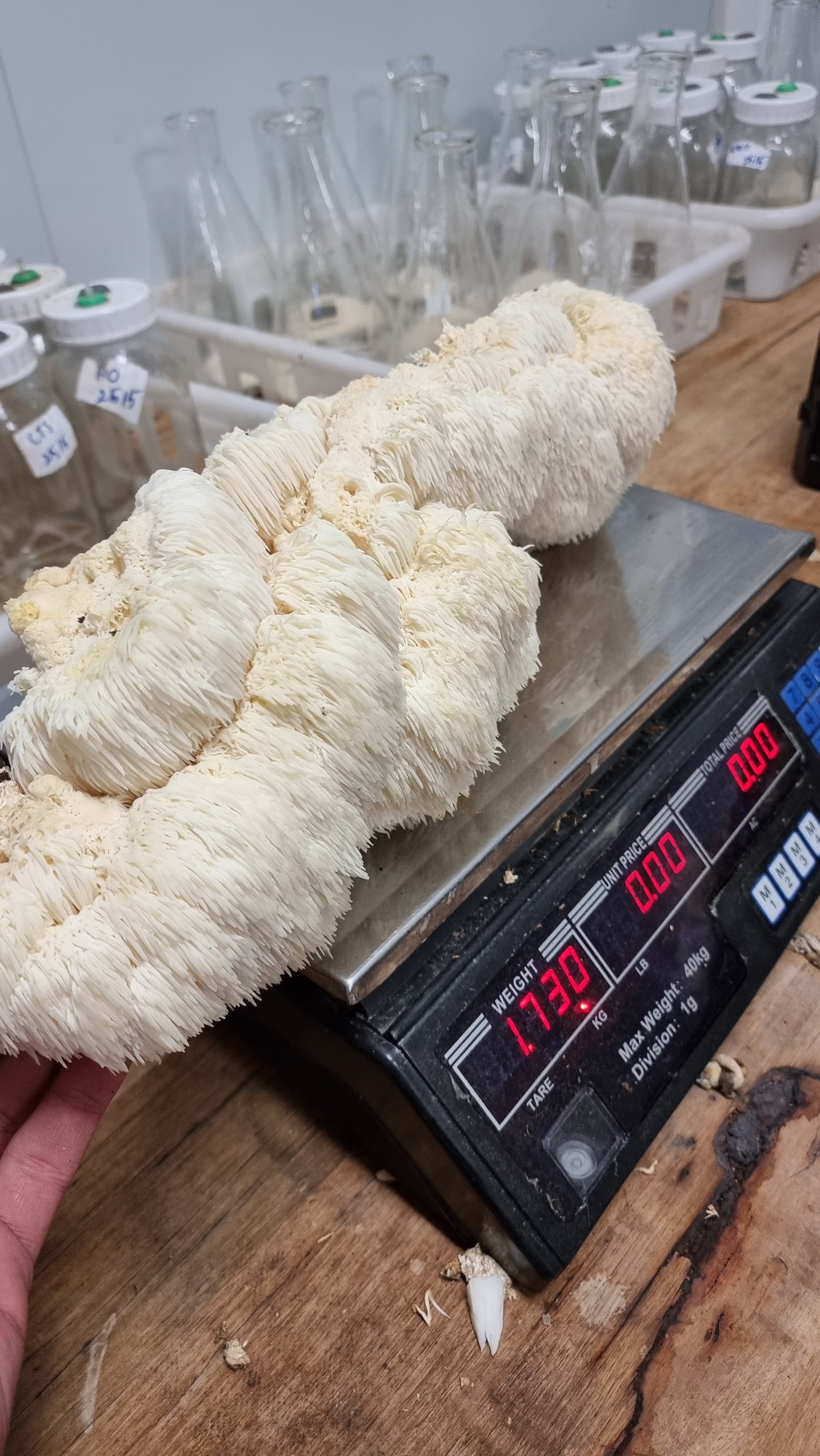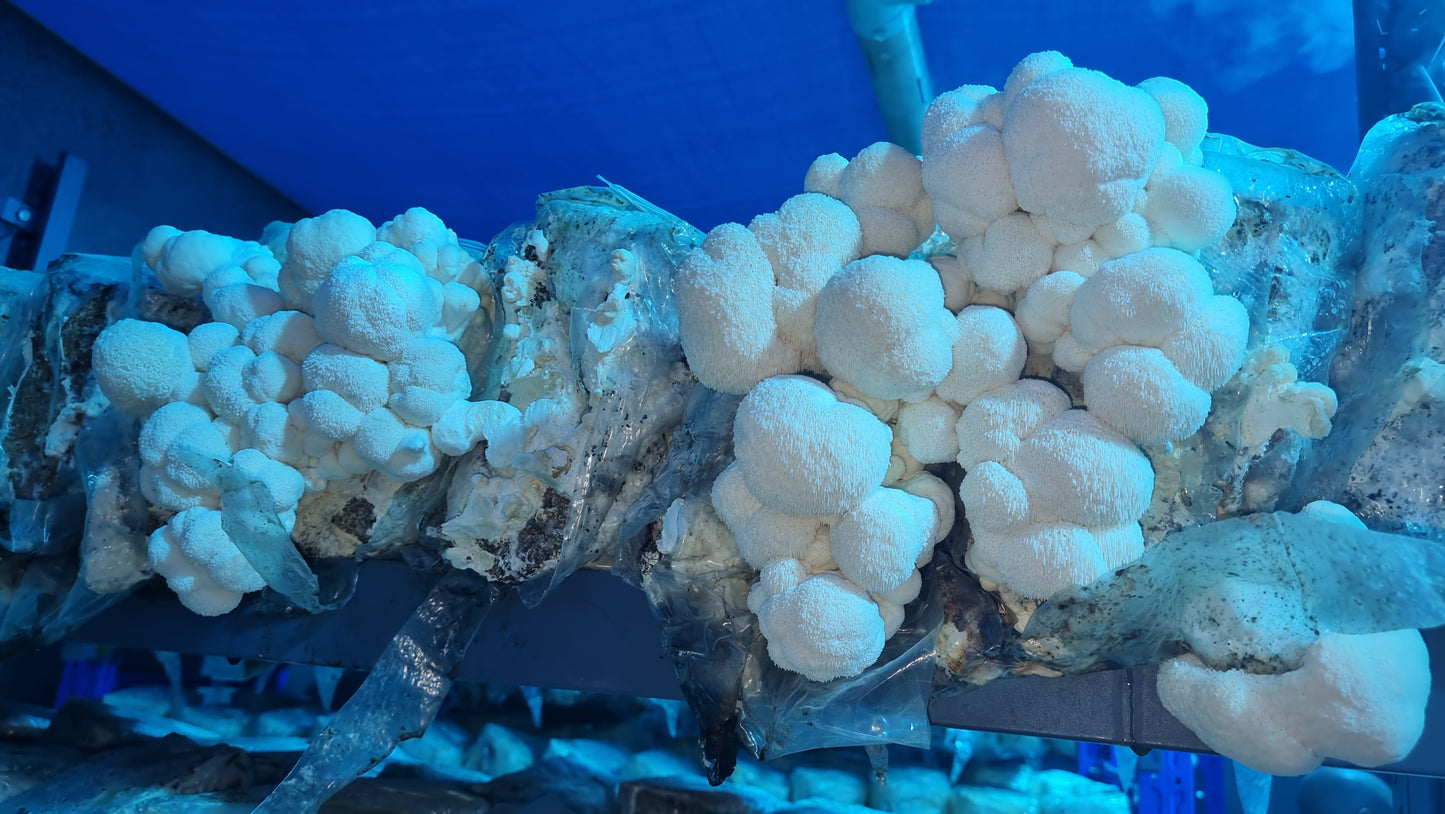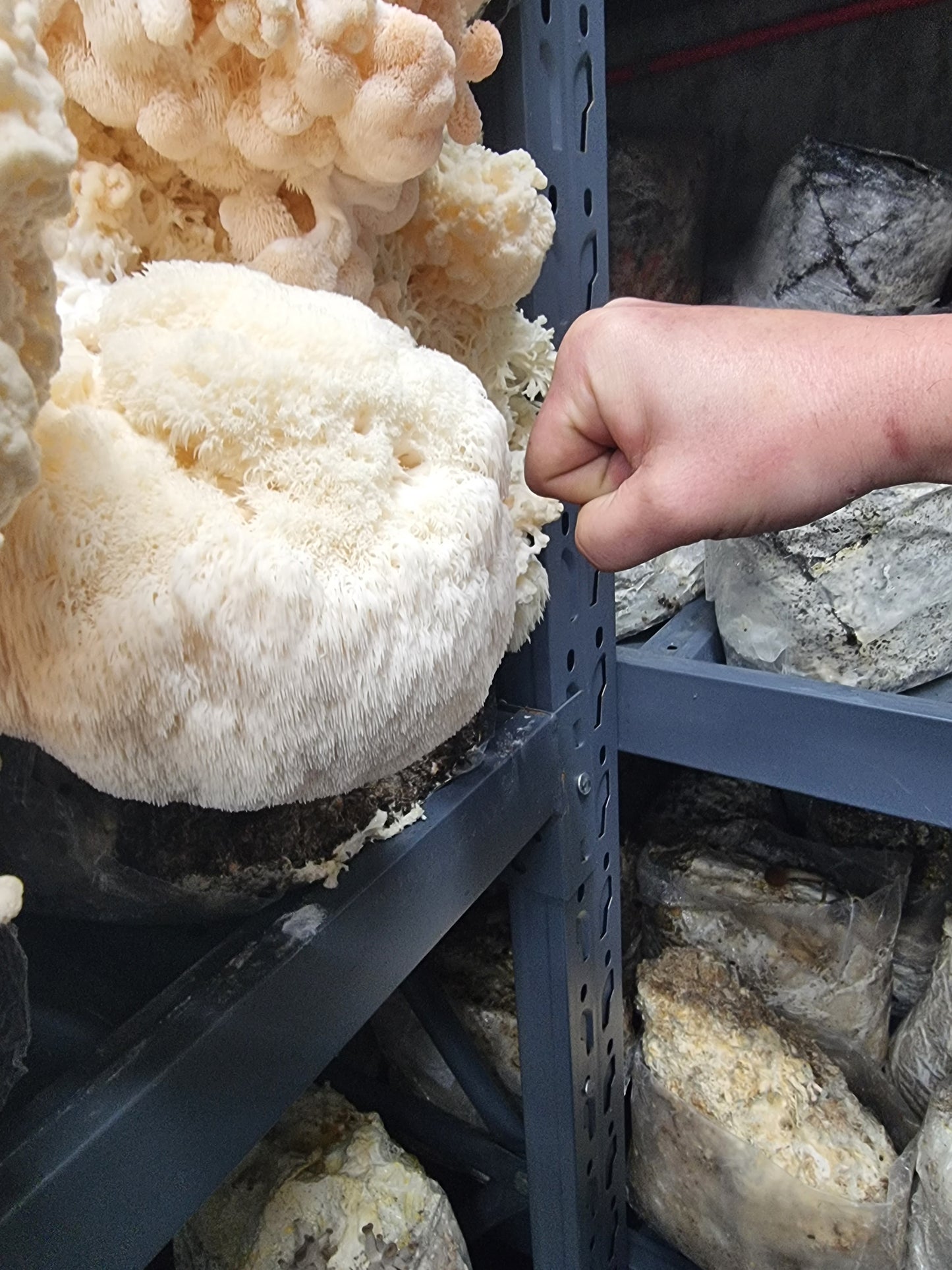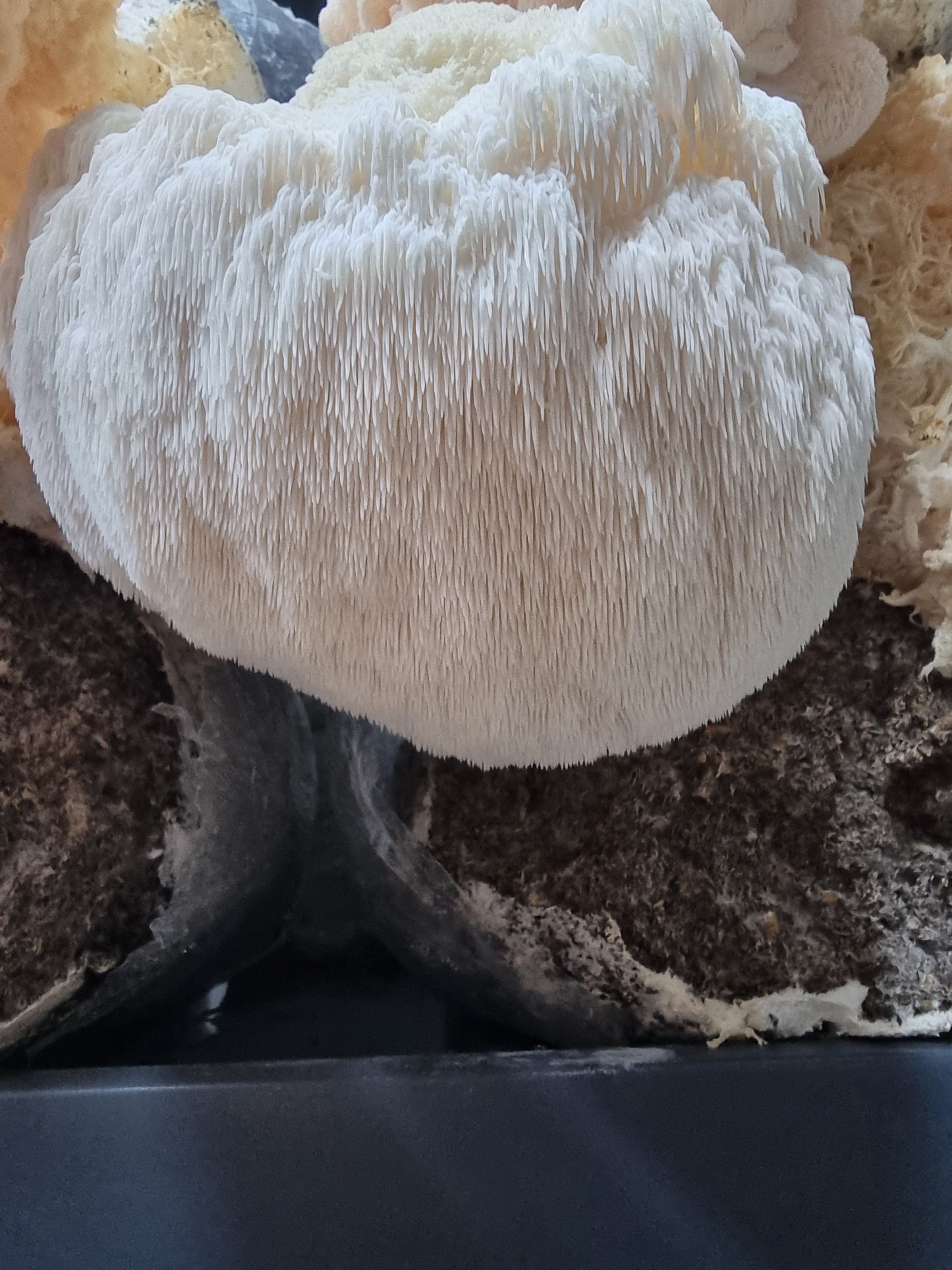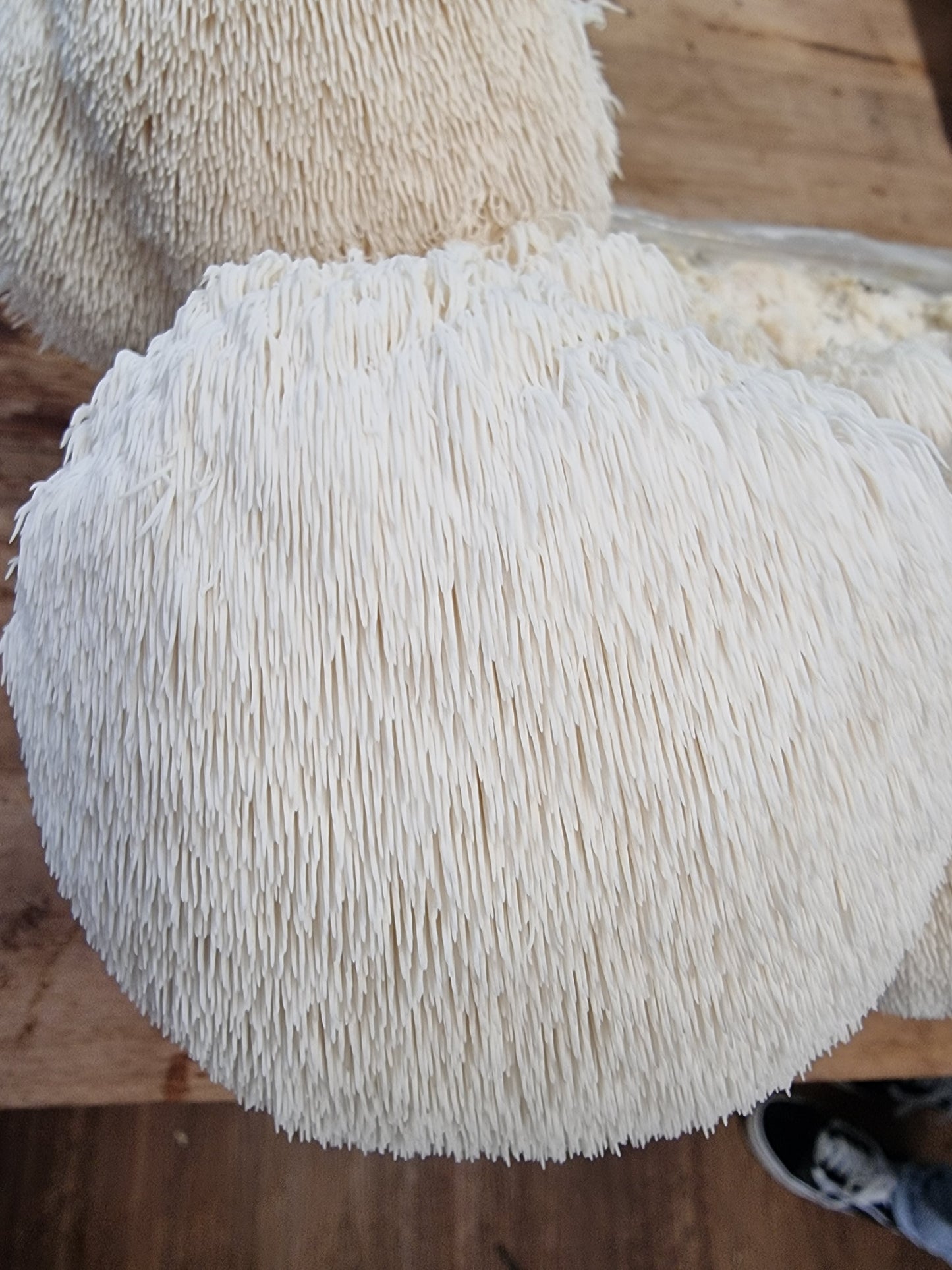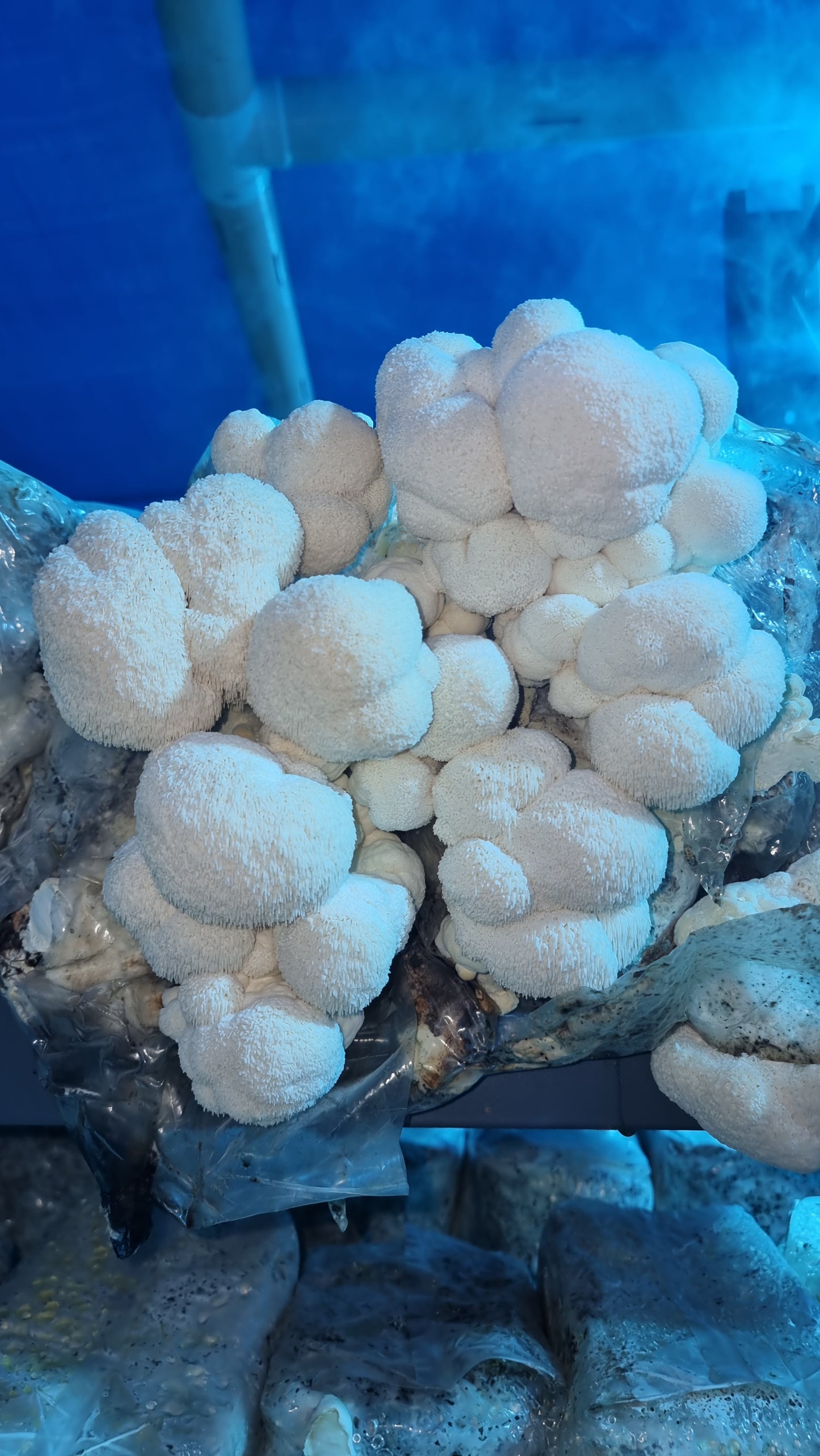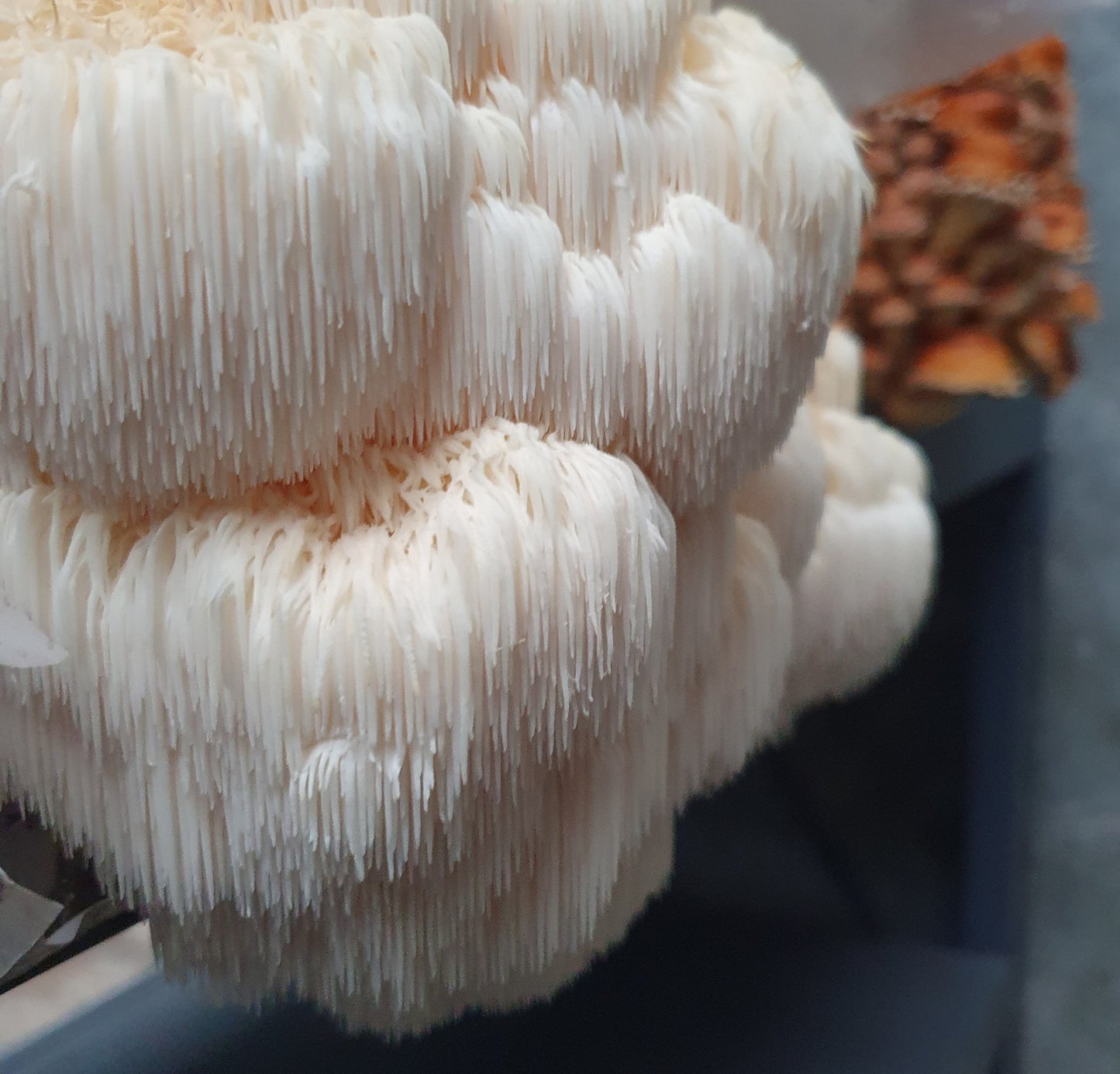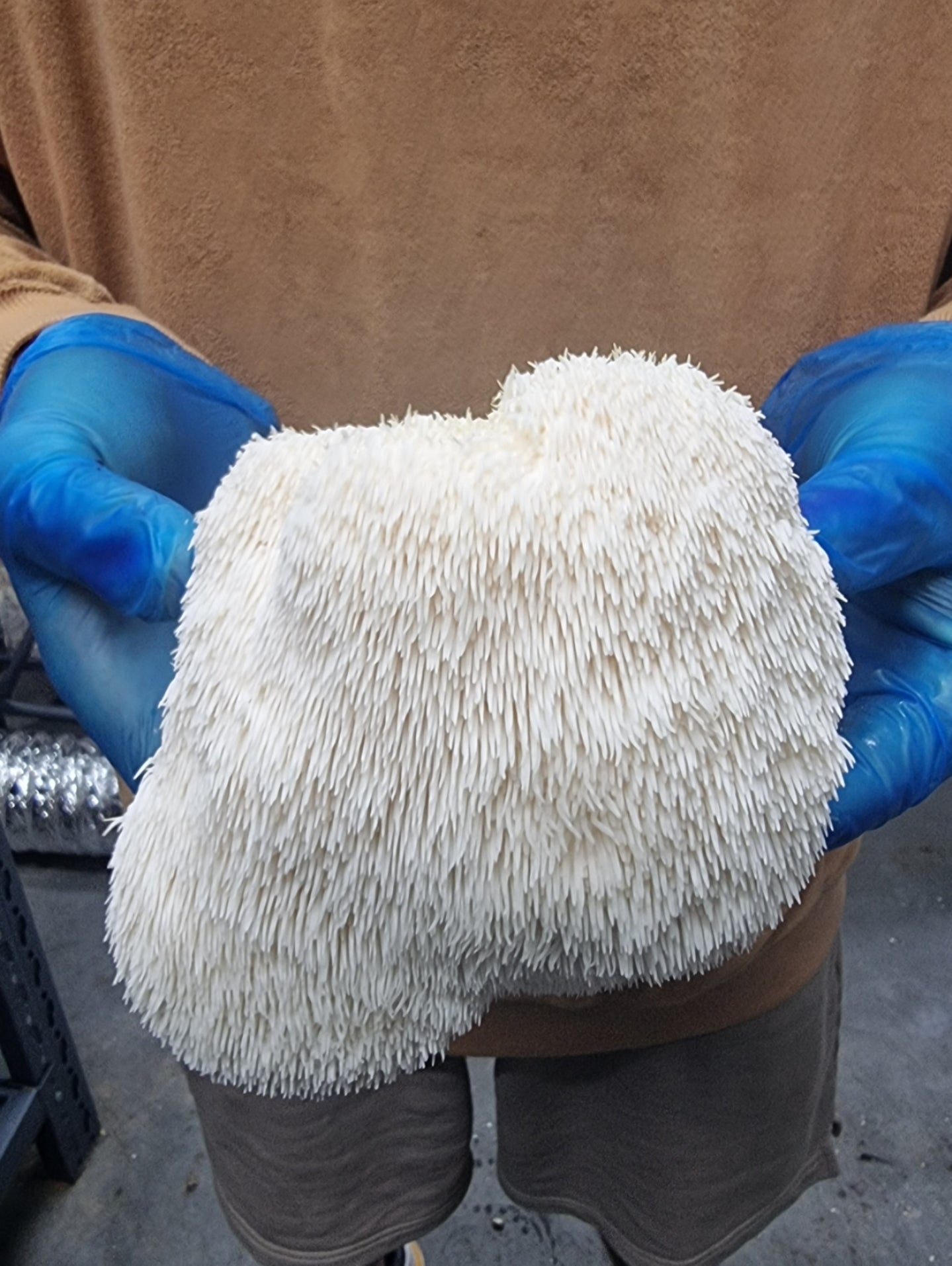Are you searching for distinctive and flavorful ingredients to take your dishes to the next level?
Many home cooks overlook the versatile and flavourful blue oyster mushroom, missing out on its potential to transform everyday meals.
Get to know the culinary uses of blue oyster mushrooms and learn how to incorporate this exceptional ingredient into your cooking, adding depth, texture, and a gourmet touch to your dishes.
What Are the Culinary Uses of Blue Oyster Mushrooms?
Blue oyster mushrooms are versatile in the kitchen. They can be sautéed, grilled, or added to soups and stir-fries. Their mild flavour pairs well with garlic, herbs, and soy sauce. They also make a great meat substitute in vegetarian dishes, offering a unique texture and depth to various recipes.
Nutritional Benefits

Blue oyster mushrooms are not only a culinary delight but also a nutritional powerhouse. Packed with essential nutrients, these mushrooms can significantly enhance your diet:
- Firstly, blue oyster mushrooms are low in calories, making them an excellent choice for those looking to maintain or lose weight. A 100-gram serving contains just 33 calories, allowing you to enjoy their flavour without worrying about your waistline.
- These mushrooms are an excellent source of protein, providing about 3.3 grams per 100 grams. This makes them a valuable addition to vegetarian and vegan diets, helping to meet daily protein requirements. Moreover, they contain all nine essential amino acids, ensuring you receive a complete protein profile.
- Fibre is another key component of blue oyster mushrooms, with 2.3 grams per 100 grams. This aids in digestion, promotes a healthy gut, and helps regulate blood sugar levels. High fibre intake is linked to lower risks of heart disease, stroke, and diabetes.
- Blue oyster mushrooms are rich in vitamins and minerals. They are an excellent source of B vitamins, including riboflavin, niacin, and pantothenic acid, which are crucial for energy production and brain function. Additionally, they provide a good amount of vitamin D, important for bone health and immune function.
- Mineral-wise, these mushrooms are packed with potassium, which supports heart health and muscle function, and iron, which is vital for oxygen transport in the blood. They also contain trace amounts of zinc, magnesium, and phosphorus, contributing to overall well-being.
Versatility in Cooking

Blue oyster mushrooms are a chef’s dream due to their incredible versatility in cooking. Their delicate yet meaty texture makes them suitable for a wide range of culinary applications, adding a unique depth of flavour to various dishes.
Sautéing is one of the simplest and most popular methods. With just a touch of olive oil, garlic, and herbs, sautéed blue oyster mushrooms make a delightful side dish or a topping for steaks and grilled meats.
They also shine in stir-fries, absorbing the flavours of soy sauce, ginger, and vegetables to create a harmonious blend.
Grilling brings out a smoky, rich taste, making blue oyster mushrooms an excellent addition to barbecues. They can be skewered, marinated, and grilled to perfection, serving as a tasty vegetarian alternative to meat.
In soups and stews, these mushrooms add a robust, earthy flavour and a satisfying texture. They can be used in broths, chowders, and creamy soups, complementing other ingredients while holding their shape and integrity.
For a creative twist, try incorporating blue oyster mushrooms into pasta dishes, risottos, or as a pizza topping. Their versatility extends to being used as a meat substitute in vegan and vegetarian recipes, providing a hearty and nutritious component.
Popular Culinary Uses
Blue oyster mushrooms are celebrated for their culinary versatility, making them a favourite among chefs and home cooks. Their mild, slightly sweet flavour and tender, meaty texture lend themselves to various cooking methods and dishes. Here are some popular ways to incorporate blue oyster mushrooms into your meals.
Stir-Fries

Blue oyster mushrooms are a perfect addition to stir-fries, where their ability to absorb flavours makes them a standout ingredient.
When added to a hot wok with a splash of oil, they quickly take on the aromas and tastes of garlic, ginger, soy sauce, and other seasonings. Their firm texture ensures they remain intact, providing a satisfying bite amidst the medley of vegetables and proteins.
Soups and Stews
In soups and stews, blue oyster mushrooms add a depth of flavour and a hearty consistency. Their earthy notes complement a variety of broths, from light vegetable stocks to rich, creamy bases.
When simmered, these mushrooms release their essence into the liquid, enriching the overall taste. They are particularly excellent in miso soups, creamy chowders, and hearty vegetable stews.
Their ability to retain their shape even after prolonged cooking makes them reliable ingredients that add both flavour and substance to soups and stews.
Sautés and Pan-Fries
Sautéing and pan-frying are popular methods for cooking blue oyster mushrooms, allowing their natural flavours to shine. With just a bit of butter or olive oil, these mushrooms can be transformed into a delightful side dish or a main component of a meal.
Adding herbs like thyme or rosemary enhances their flavour, while a splash of white wine or lemon juice can add a zesty twist.
Pan-fried blue oyster mushrooms can be served over toast, mixed into grain bowls, or used as a topping for meats and fish. Their versatility in sautéing makes them a staple in many kitchens.
Grilling and Roasting
Grilling and roasting blue oyster mushrooms bring out their natural umami flavour and add a smoky depth to their taste. These methods are perfect for summer barbecues or hearty winter meals.
When grilled, the mushrooms develop a slightly crispy exterior while remaining tender inside, making them a delicious addition to skewers, salads, or as a side dish.
Roasting them in the oven with a drizzle of olive oil, salt, and pepper brings out their sweetness and creates a caramelised finish.
Pasta and Risotto
Blue oyster mushrooms are an excellent ingredient for pasta and risotto dishes, where their flavour and texture can be fully appreciated. In pasta, they pair beautifully with creamy sauces, garlic, and parmesan, creating a luxurious and comforting dish.
When added to risotto, they contribute to a creamy consistency while providing a chewy, meaty element that balances the softness of the rice. Their mild flavour harmonises with a variety of ingredients, from fresh herbs to aged cheeses, making them a versatile addition to many pasta and risotto recipes.
Gourmet Dishes
Blue Oyster mushrooms, with their delicate texture and mild, earthy flavour, are a prized ingredient in gourmet cuisine. They are incredibly versatile and can enhance the complexity of various dishes.
For a truly indulgent experience, try them in a creamy risotto, where their subtle taste complements the richness of the dish. Sautéing them with garlic and shallots brings out their natural umami, making them an excellent addition to pasta dishes or as a topping for steak.
In French cuisine, Blue Oyster mushrooms are often used in velouté sauces, adding a unique depth to this classic.
They also shine in Asian-inspired dishes; for example, they can be stir-fried with soy sauce, ginger, and sesame oil for a quick yet sophisticated side. When roasted, their edges become crispy, providing a delightful contrast to their tender interior, perfect for garnishing soups or salads.
Their aesthetic appeal also makes them a popular choice for gourmet presentation. The striking blue hues can turn a simple dish into a visual masterpiece.
Vegetarian and Vegan Options
Blue Oyster mushrooms provide a versatile, flavourful option for a variety of vegetarian and vegan dishes, enhancing both texture and taste:
- Vegan Tacos: Sauté Blue Oyster mushrooms with onions, garlic, and spices. Serve in tortillas with avocado, salsa, and lime.
- Vegan Stroganoff: Use Blue Oyster mushrooms as a beef substitute for a rich, creamy dish.
- Vegetarian Lasagne: Replace meat with sautéed Blue Oyster mushrooms for added flavour and texture.
- Shepherd’s Pie: Use Blue Oyster mushrooms in place of meat for a hearty, plant-based version.
- Grilled Mushrooms: Marinate and grill Blue Oyster mushrooms for a smoky, delicious taste. Pair with vegetables.
- Salad Topping: Sauté or roast mushrooms and add to fresh greens, nuts, and a tangy vinaigrette for a gourmet salad.
- Stuffed Mushrooms: Use Blue Oyster mushrooms as a filling for stuffed peppers or zucchinis for a unique twist.
Preserving and Storing for Culinary Use
To make the most of Blue Oyster mushrooms in your culinary creations, knowing how to properly preserve and store them is key. Follow these simple methods to ensure you always have a supply of fresh, flavourful mushrooms on hand.
Fresh Storage
Proper preservation and storage of Blue Oyster mushrooms are essential to maintain their flavour and texture for culinary use. Fresh Blue Oyster mushrooms should be kept in a paper bag in the refrigerator.
This method allows them to breathe while preventing excess moisture build-up, which can lead to spoilage. They typically last up to a week when stored this way.
Drying
For longer preservation, consider drying them. To dry Blue Oyster mushrooms, slice them thinly and spread them out on a baking tray. Dry them in an oven at a low temperature or use a food dehydrator until they are crisp.
Once dried, store them in an airtight container in a cool, dark place. Dried mushrooms can last for several months and can be rehydrated by soaking them in warm water before use.
Freezing
Freezing is another effective method. Clean the mushrooms and blanch them in boiling water for a few minutes. After blanching, plunge them into ice water to stop the cooking process.
Drain thoroughly, then spread them on a baking sheet to freeze individually before transferring them to a freezer-safe container or bag. Properly frozen Blue Oyster mushrooms can be stored for up to a year, retaining much of their original flavour and texture.
Conclusion
Blue Oyster mushrooms are a versatile and flavourful ingredient that can elevate any dish, from gourmet meals to vegan options. Preserve them correctly to enjoy their unique taste year-round.
Explore new recipes and techniques to fully appreciate their culinary potential. Start experimenting with Blue Oyster mushrooms in your kitchen today and discover your new favourite dish!
